The combined impact of two storms causing prolonged heavy rain has left residents of Beijing and many cities in northern China miserable.
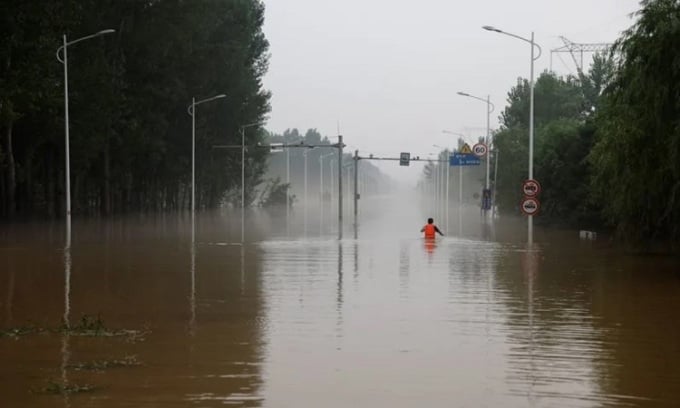
Rainwater flooded the city of Zhuozhou. Photo: Reuters
Record-breaking rainfall over an unusually long period accompanied by Typhoon Doksuri in late July lashed northern China for a week, causing widespread flooding and disrupting the lives of millions. After hitting the capital Beijing and surrounding cities in an area the size of England, the storm eventually moved northeast across China, near the borders with Russia and North Korea. Though weakened, it still has the potential to cause damage, according to Reuters .
Rainfall since July 29 has broken local records in Beijing and northern China. The Haihe River basin experienced its worst storm-induced flooding since 1963. A reservoir in Beijing’s Changping district recorded 744.8 mm of rain from July 29 to August 2, the heaviest rainfall in the city in 140 years. In the populous province of Hebei, a weather station recorded 1,003 mm of rain from July 29 to 31, a typical rainfall in 1.5 years.
As Doksuri’s rain clouds headed north, a continental and subtropical high pressure system in the atmosphere blocked their path, causing water vapor to continuously accumulate, acting as a reservoir, according to meteorologists. The large amount of water vapor gathered in northern China was then lifted by low-altitude winds, bringing rain to the east of the Taihang Mountains, where the hardest-hit areas included Beijing’s Fangshan and Mentougou districts.
Meanwhile, Typhoon Khanun intensified in the western Pacific . As it approached the Chinese coast, a large amount of moisture was added to the weakened circulation of Typhoon Doksuri. The interaction between the two storms maintained the circulation while increasing rainfall, leading to widespread impacts.
In urban areas of Beijing, hundreds of roads were flooded. Flights were delayed or canceled. The impact of the storm was more pronounced in the western suburbs of the city. In Fangshan and Mentougou districts, water rushed along roads, sweeping away vehicles. Mountain villages were cut off, forcing authorities to deploy helicopters to drop food, water and emergency supplies. Zhuozhou, a city of about 600,000 people in southwest Beijing, was half submerged. About 134,000 residents were affected and one-sixth of the city's population had to be evacuated.
Such intense and prolonged rain following a typhoon is unusual in northern and northeastern China. Beijing has recorded only 12 major typhoon-related downpours since authorities began collecting data. In 2017 and 2018, both Typhoons Haitang and Ampil dumped more than 10 mm of rain on Beijing. Typhoon Wanda in 1956 dropped more than 400 mm of rain on the densely populated city. In northeastern China, the impact of typhoons is also rare. Most typhoons will move west or northwest after making landfall in China.
An Khang (According to Reuters )
Source link



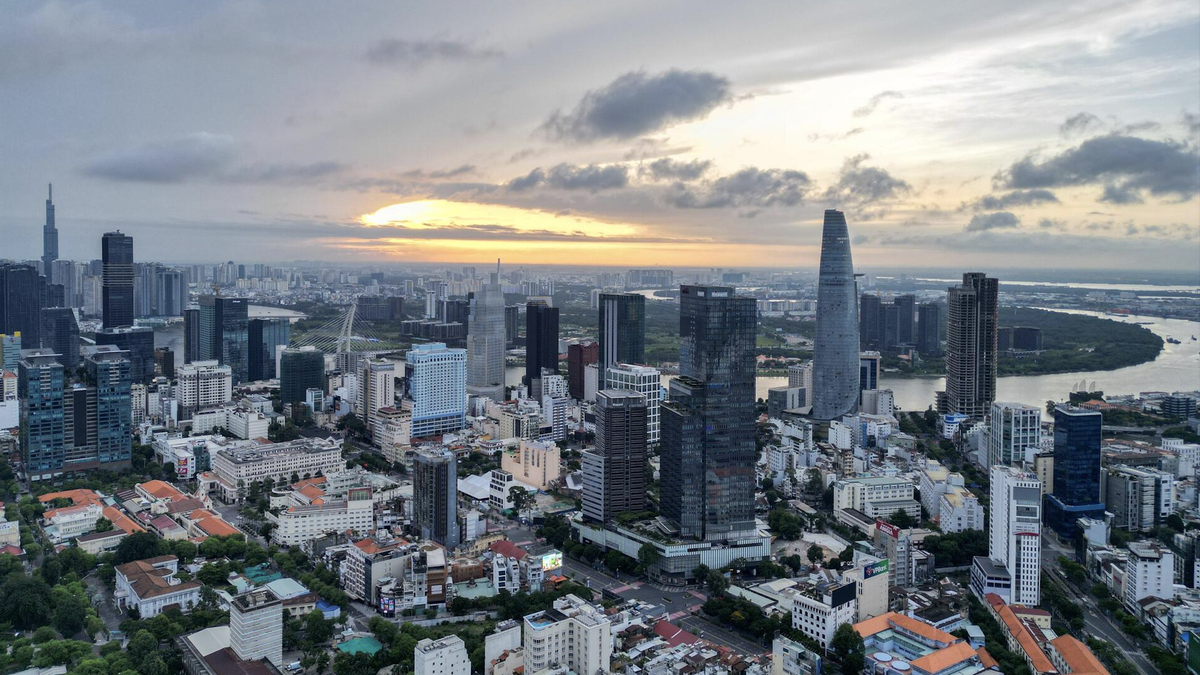



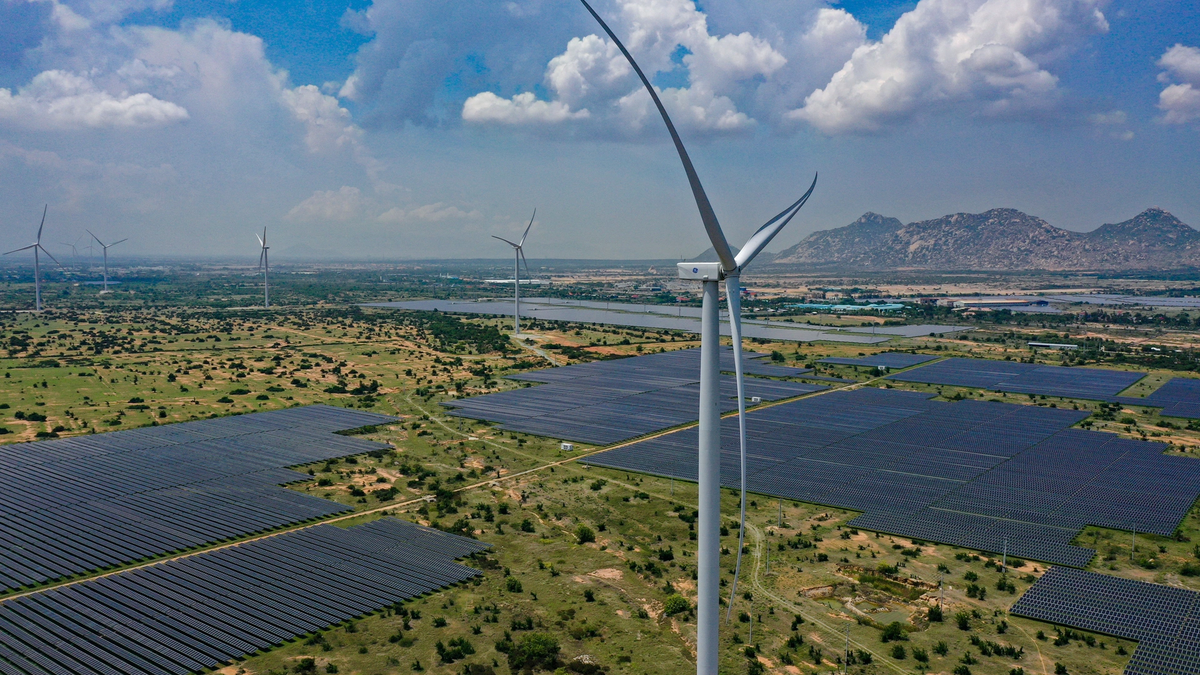
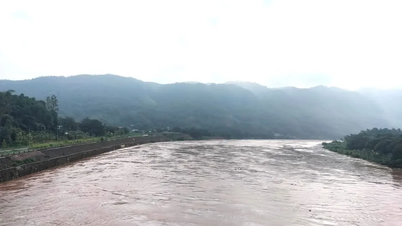

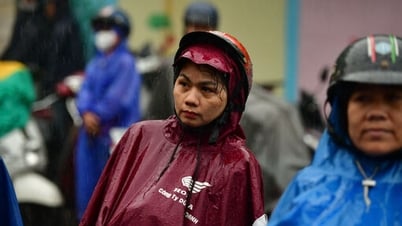

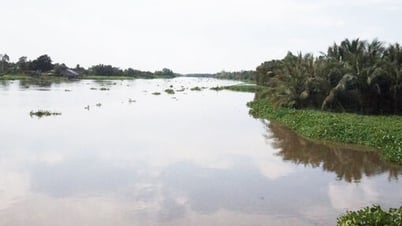
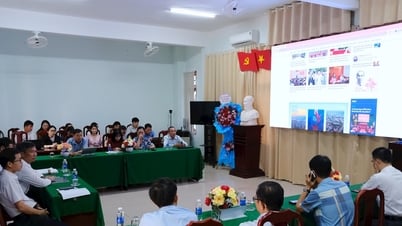

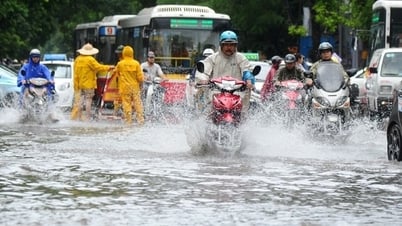

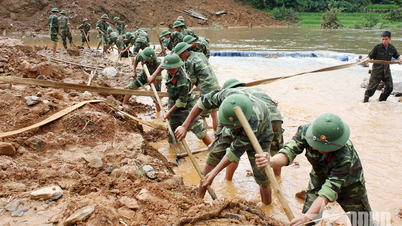





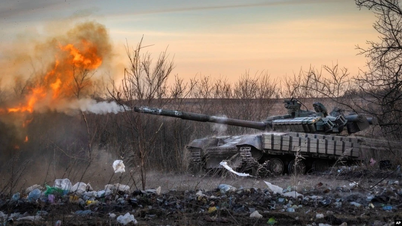


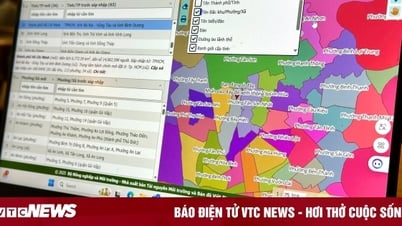






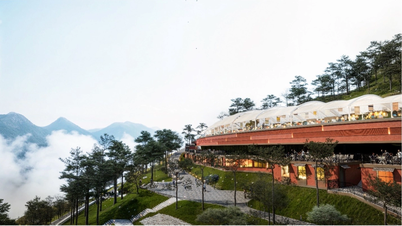
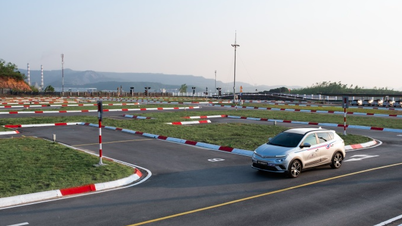









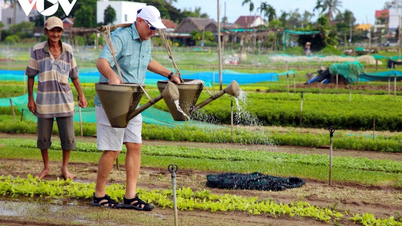

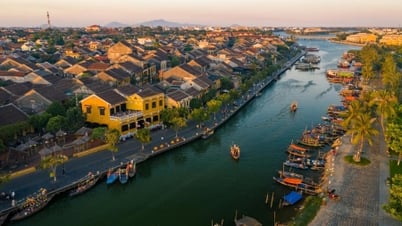



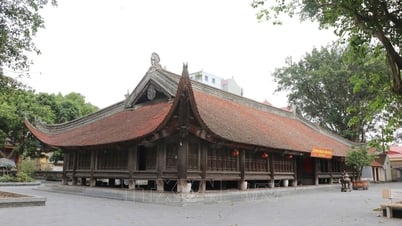





























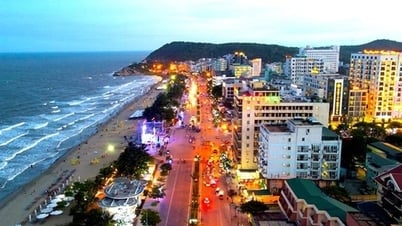

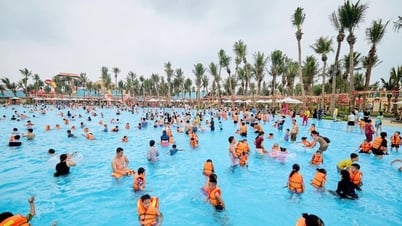






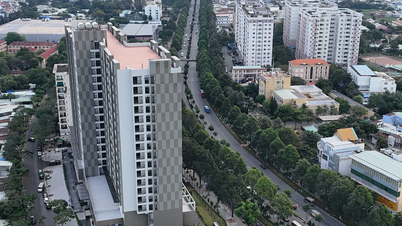
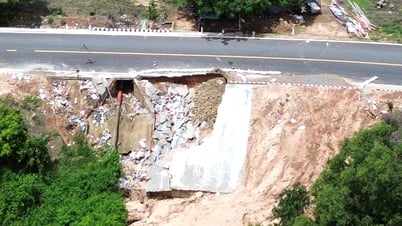

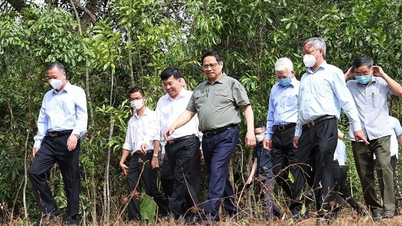













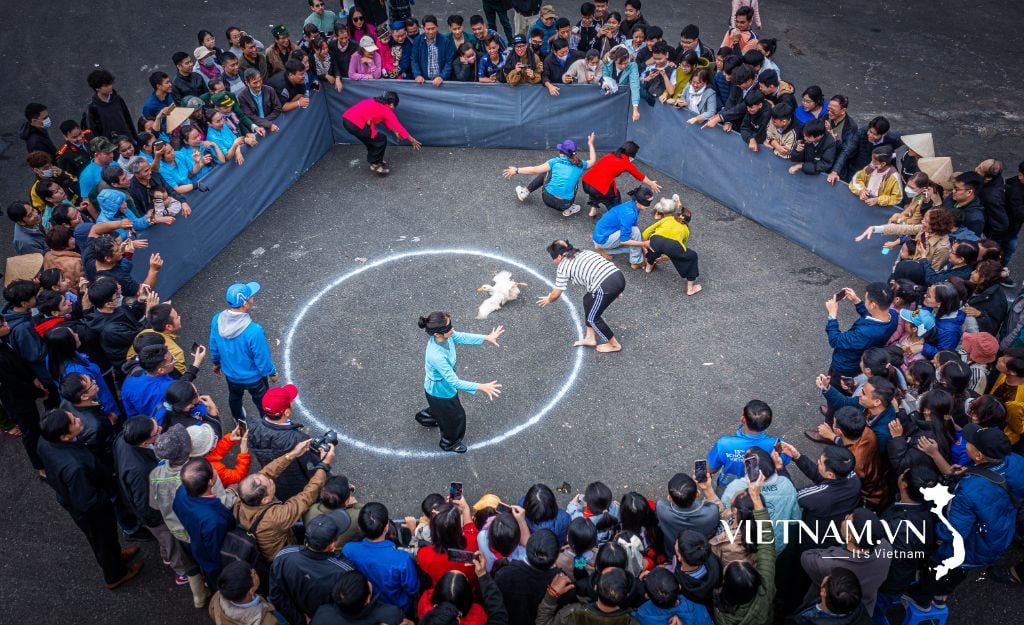


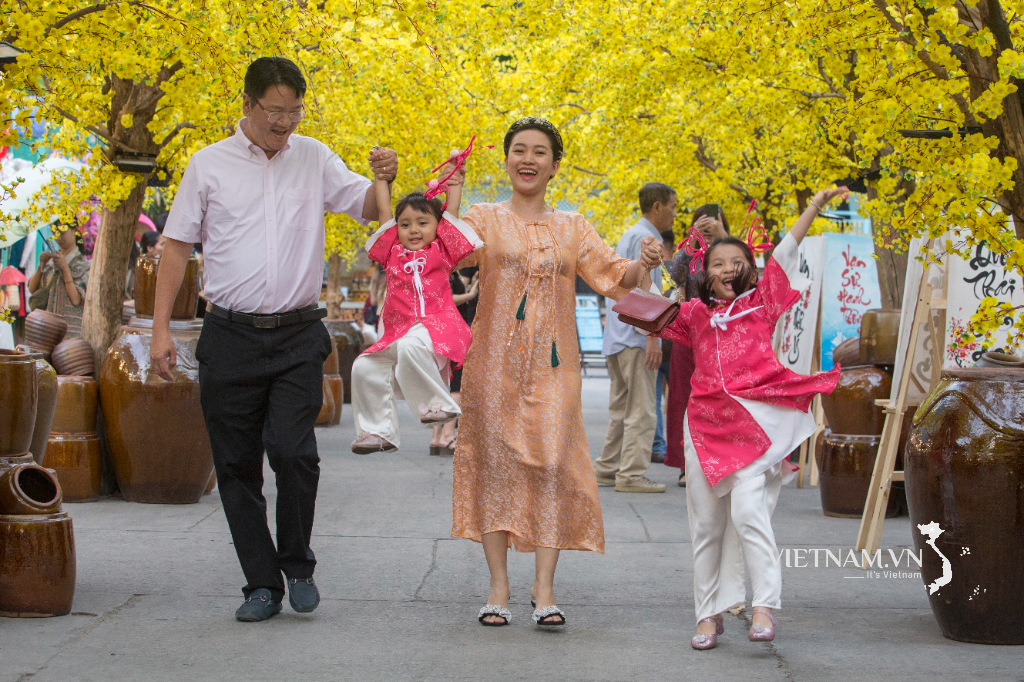
Comment (0)